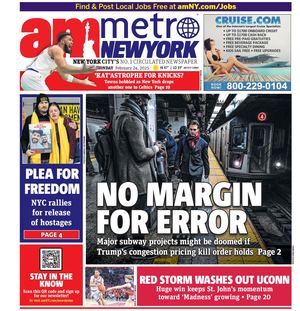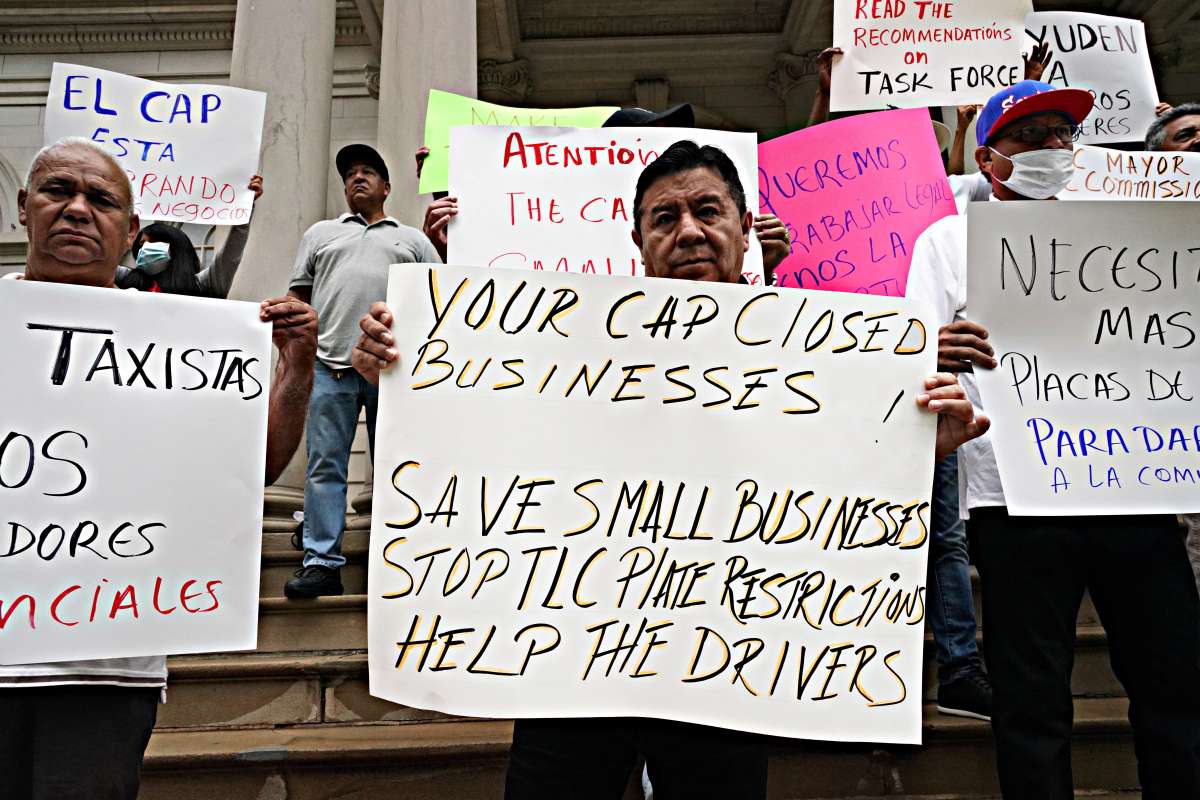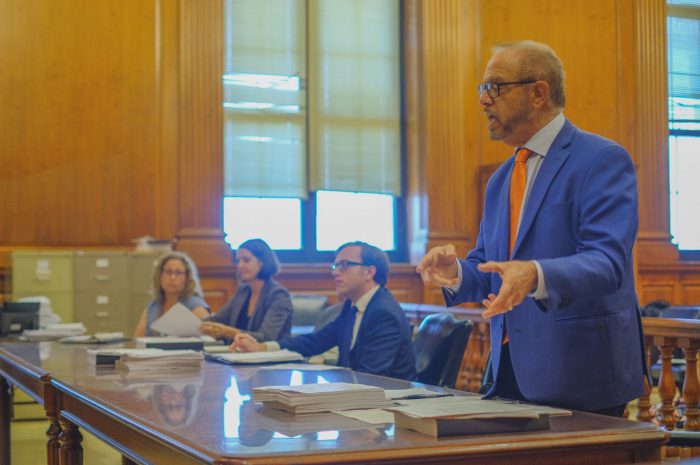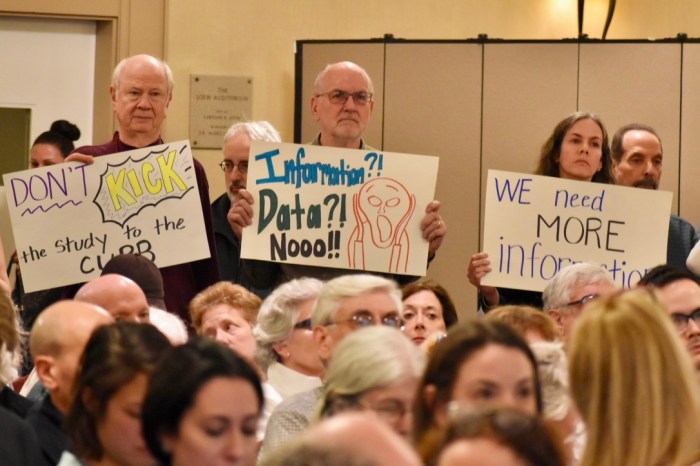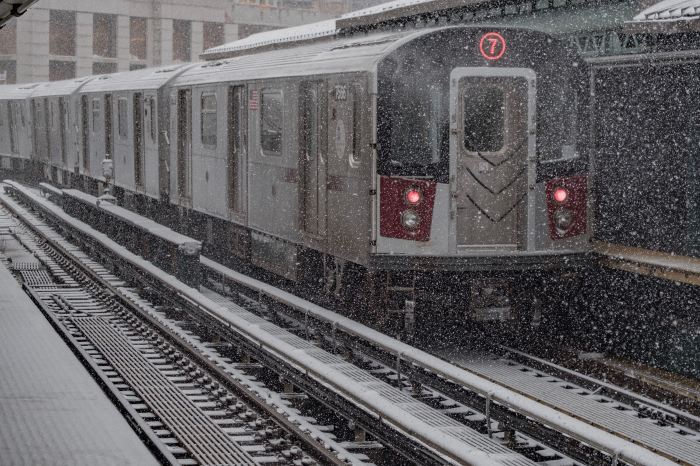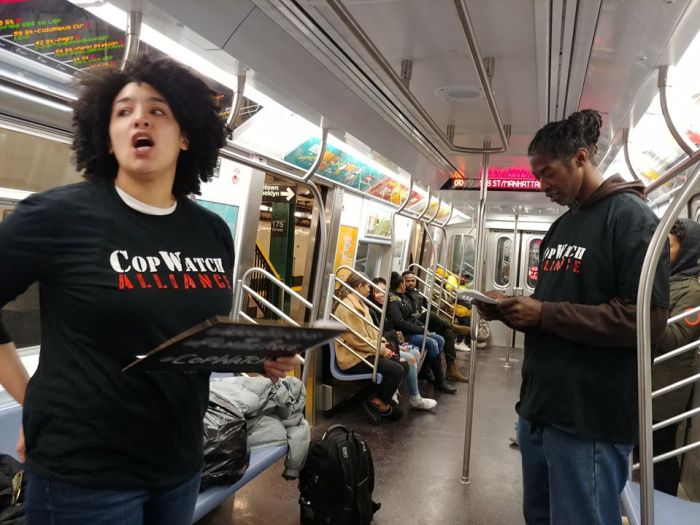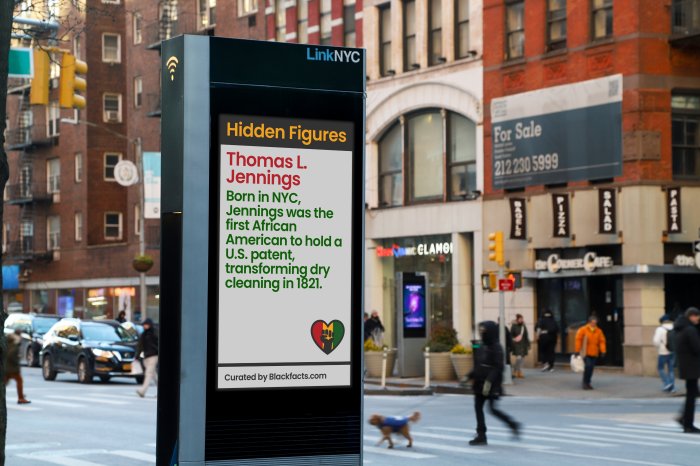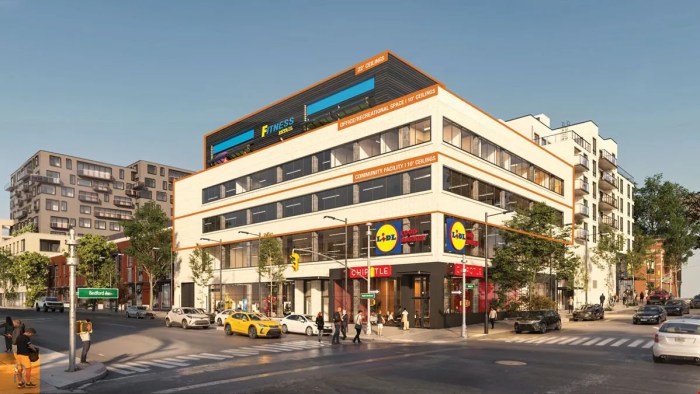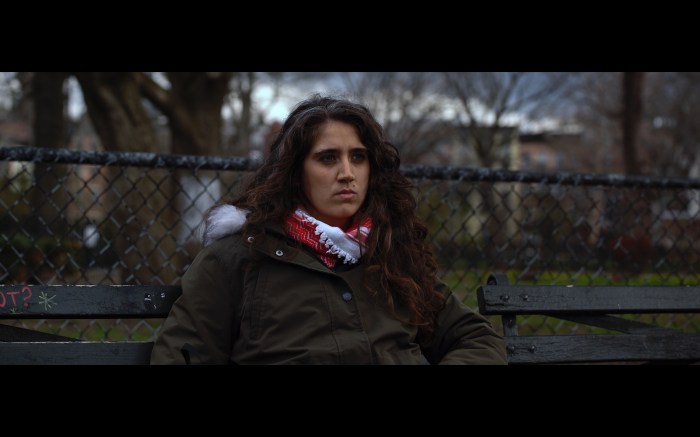Livery cab drivers and base owners from around New York City demanded Monday that the NYC’s Taxi & Limousine Commission (TLC) and Mayor Eric Adams remove a blanket cap policy that has been placed on new livery car licenses.
Members of the Livery Base Owners Association Members (LBO), livery drivers, members of the taxi industry, and advocates rallied on the steps of City Hall on Aug. 1 calling for a change in policy that has created an unfair cap on new livery car licenses.
Standing beneath the rain, the group declared that they did not arrive to protest, but instead to plead for help against a policy they say is destroying local small businesses that have been serving black and brown communities for decades. Those at the rally stressed that the livery industry has supported poor and working-class communities, providing affordable transportation while digital apps implement surge prices, making it difficult for those on lower incomes to travel.
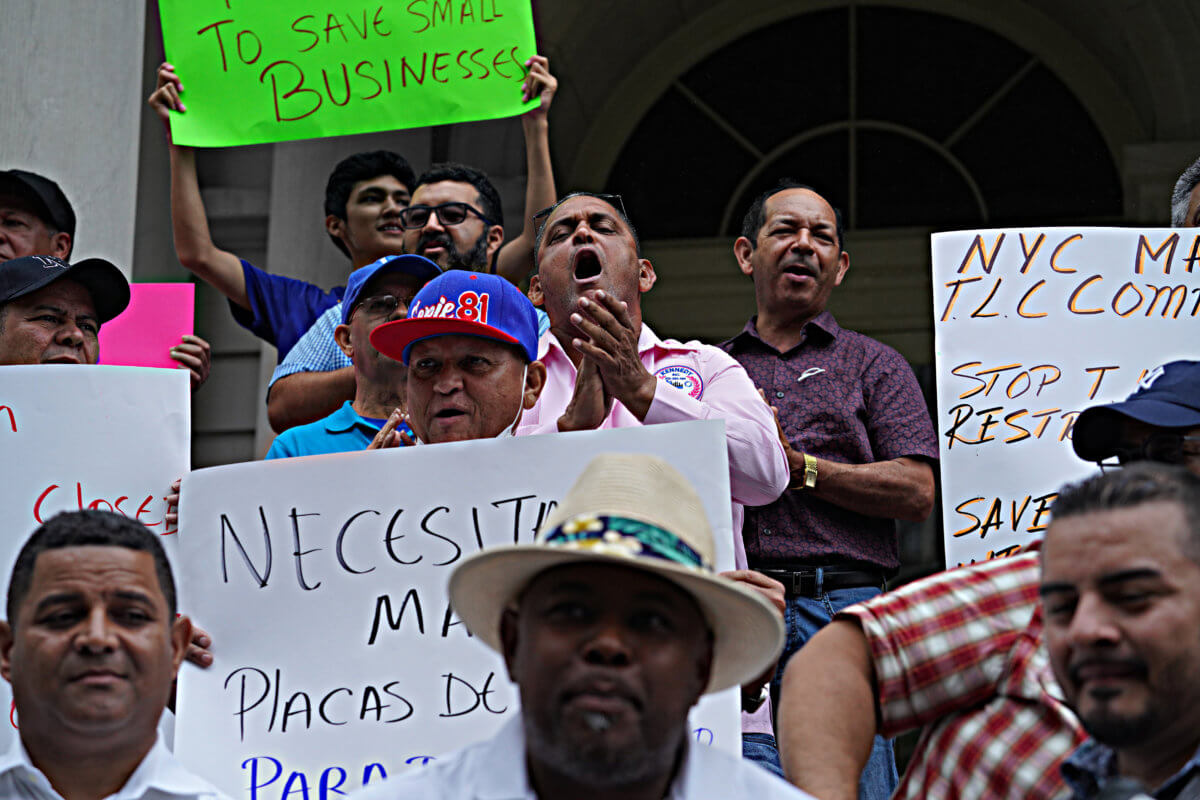
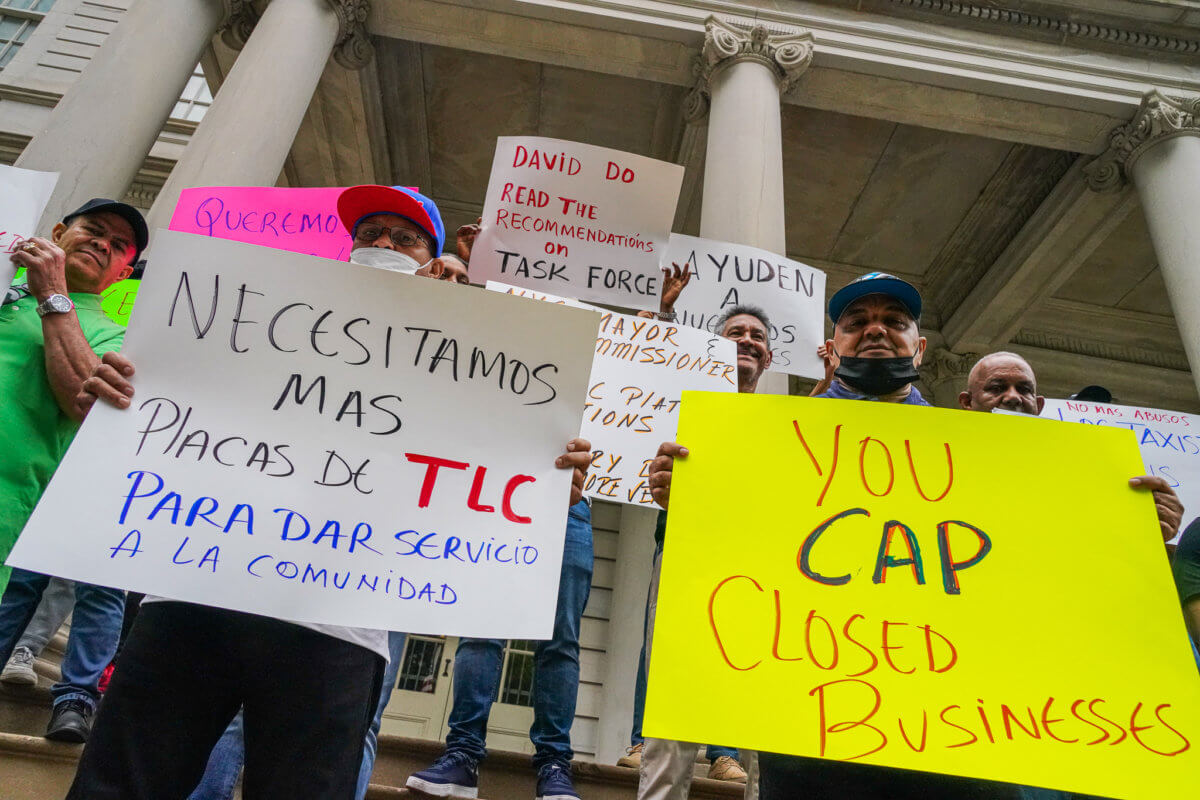
“We’re facing a terrible crisis that needs to be given light and we need the help. We have gone down 80% of our vehicles in the last eight years. This cap that was placed in 2018 is strangling our small businesses, our businesses, our hope, our industry, our sector of the industry was created because our communities were from the community. We service people that look like us, act like us. When there was no one else to give them transportation. That’s how our industry was created. And now over the last year, we’re wiggling on the verge of extinction. And we need help,” said José Altamirano, president of LBO.
Altamirano stressed that this rally was not a protest, but a plea for help to both the mayor’s administration and the TLC industry. This policy was first introduced in 2018 as a way to reduce the influx of Digital-for-hire-vehicle Apps, which disproportionately has taken over the vehicle transportation industry; however, in doing so it has had an adverse effect on livery car service.
Livery car service drivers who either wish to retire or transition to another field are not being released due to this cap, leaving a gap in coverage. From what was once 20,000 livery drivers serving New York City, has now according to LBO, been reduced to approximately 5,100 drivers.
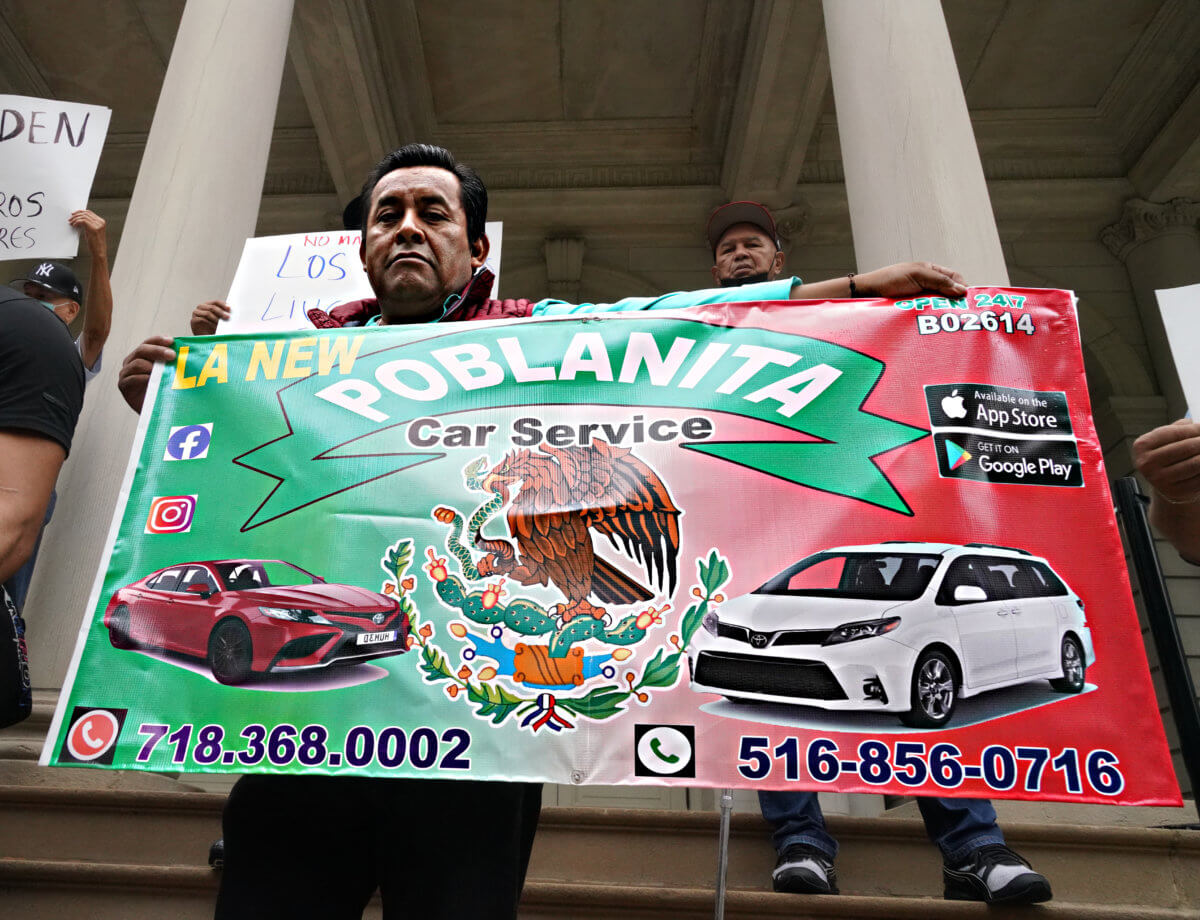
“We have no way of replacing the drivers that have retired. The drivers that unfortunately due to COVID have passed away. We can’t grow. We’re minimizing. We have lost 80% of our vehicles in the last eight years. Last year, the TLC put out a livery taskforce report that stated that the livery sector needs more vehicles. And that’s what we’re looking for. We’re looking for the livery sector to have more vehicles. We are here pleading with the city to give us what we need,” Altamirano added.
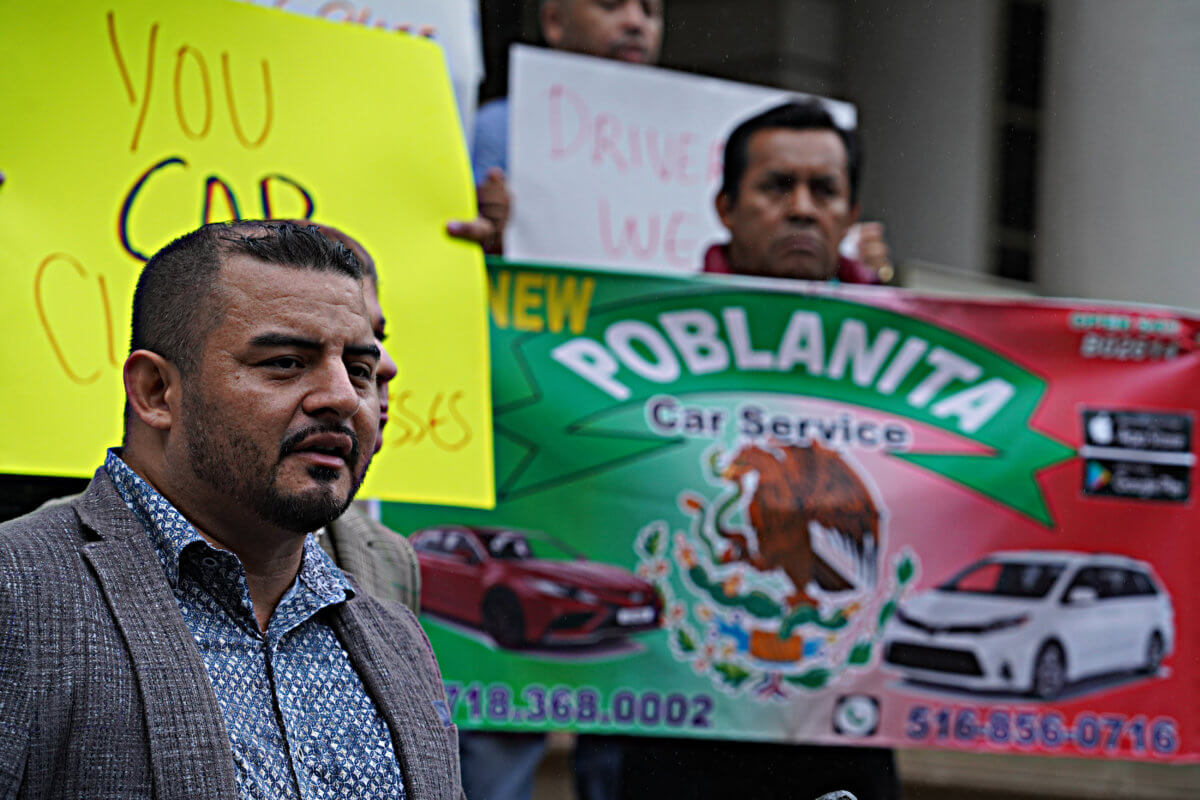
Altamirano believes this “blanket-approach to congestion” for an entire industry is not a feasible response since it does more harm by pushing the livery service into extinction, while also creating a transportation desert for marginalized communities who are unable to afford the high-prices of digital apps.
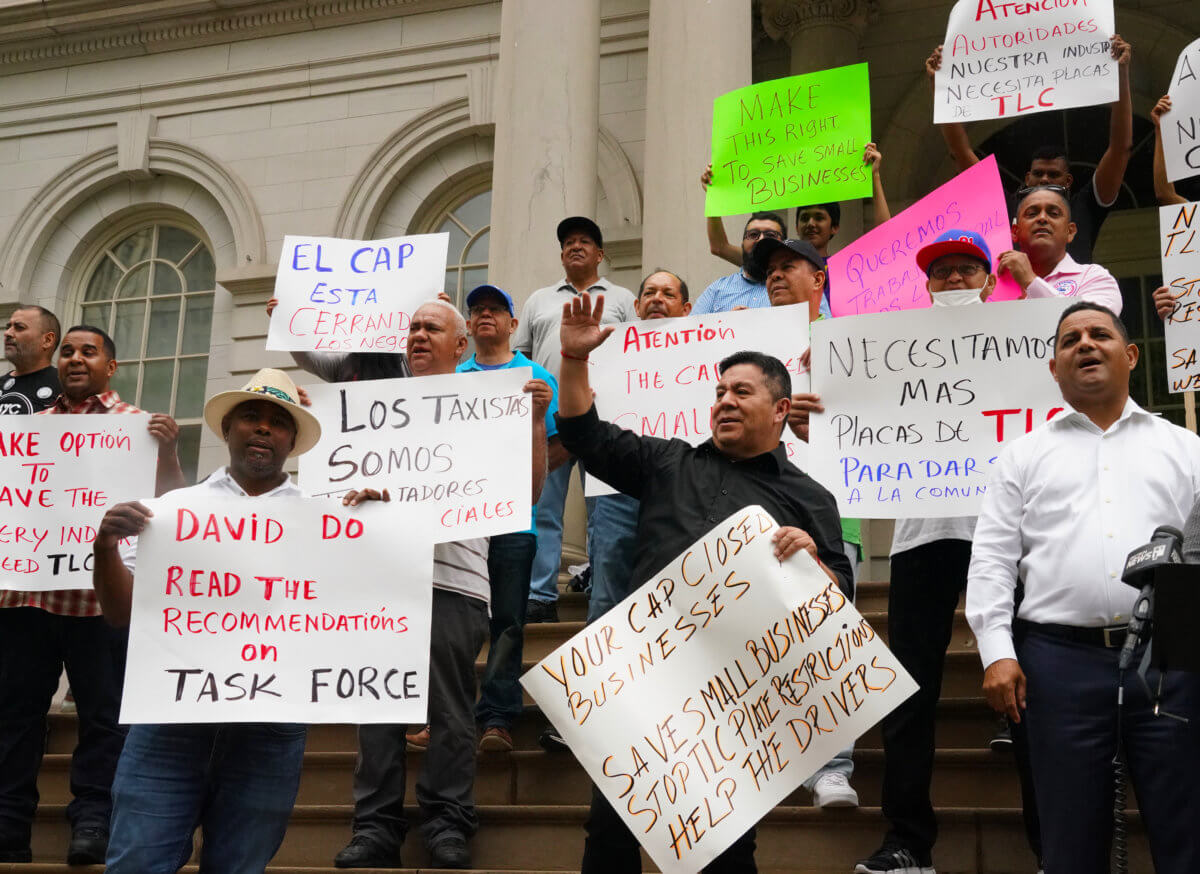
“We need action before it becomes too late,” Robert Rodriguez said, a driver with First Class Car & Limo Service in Upper Manhattan.
With the reduction in drivers, advocates said, livery bases are forced to decline 40% of service calls because they cannot meet the high demand.
According to THE CITY, the TLC indicated that the existing fleet of livery cars around the city “already exceeds passenger demand,” and any additions would just add to vehicular congestion around town.
But the TLC last week went in another direction, saying the existing fleet of livery cars already exceeds passenger demand and that putting more non-wheelchair-accessible rides on the road will increase congestion.
“With [the] decision to extend the [for-hire vehicle] license pause, TLC continues to prioritize the long-term health of the taxi and for-hire vehicle industries, the drivers and the riding public,” Ryan Wanttaja, then-acting TLC commissioner, told THE CITY in March.
While there has been a pause on new licenses, those who provide wheelchair accessible vehicles will be approved immediately. Every six months, the TLC conducts a for-hire vehicle license review. If these requests are coming from someone whose vehicle has wheelchair access, then they will immediately receive a license (a procedure that has been in place for the past four years).
“TLC is currently considering whether to issue any new licenses to for-hire vehicles in addition to wheelchair accessible vehicles, which are already exempt from the license pause. We are taking the concerns of all stakeholders into account, including drivers, passengers, and base owners,” according to a TLC spokesperson.
